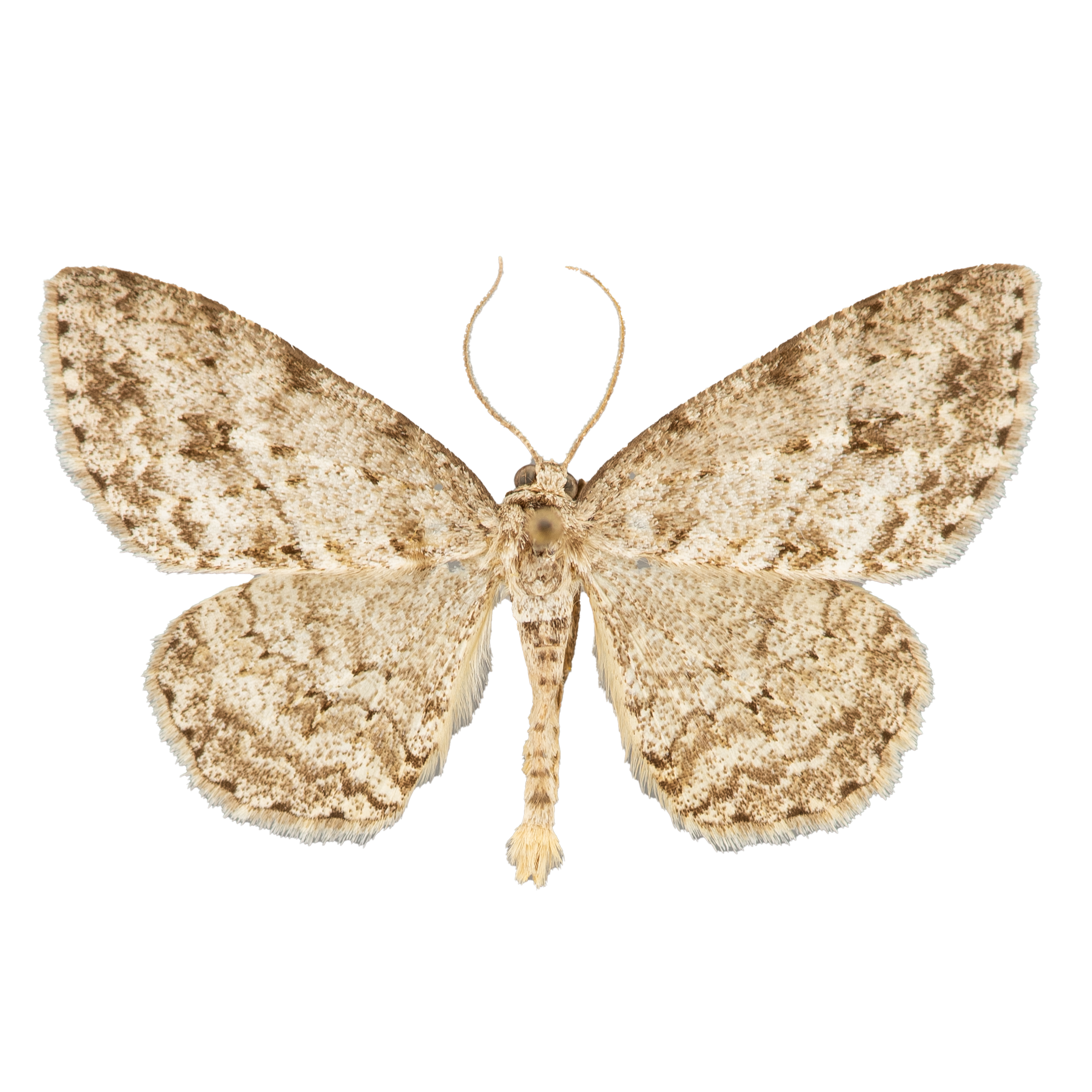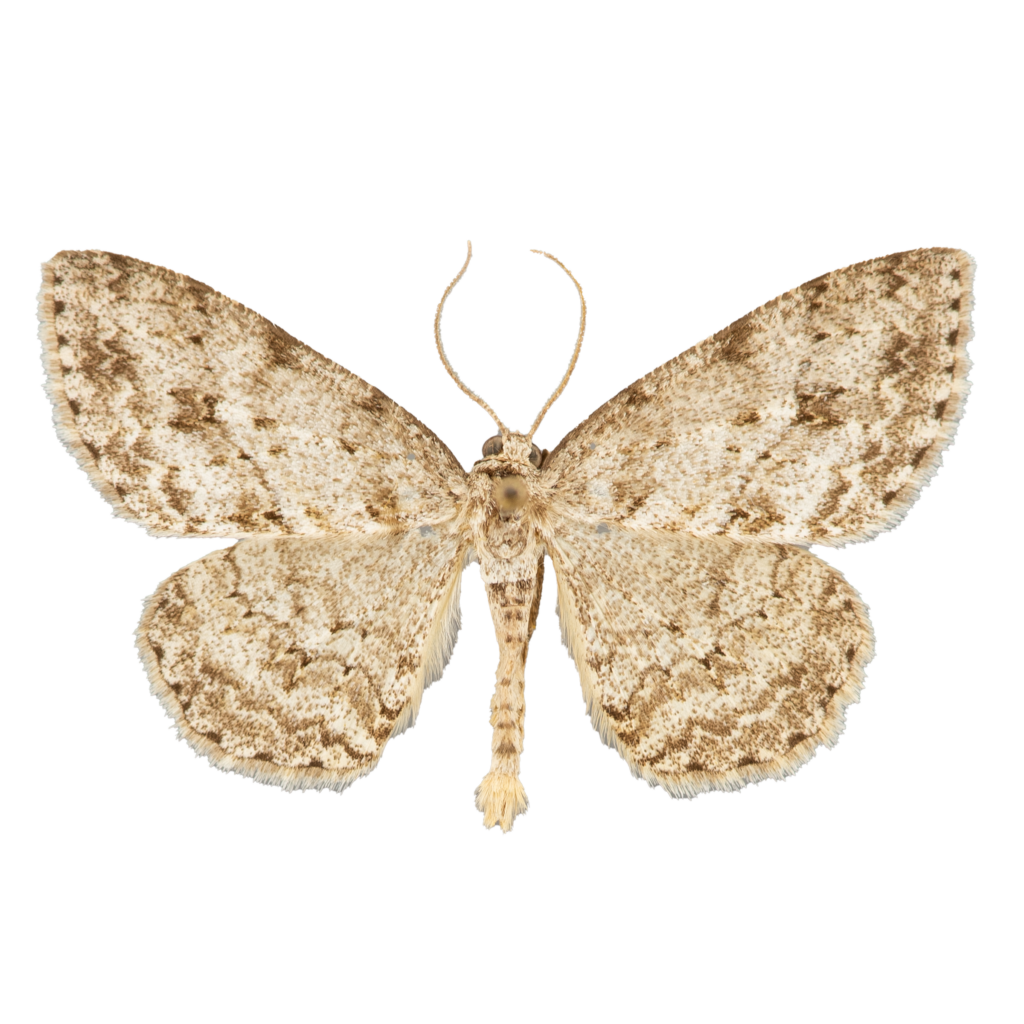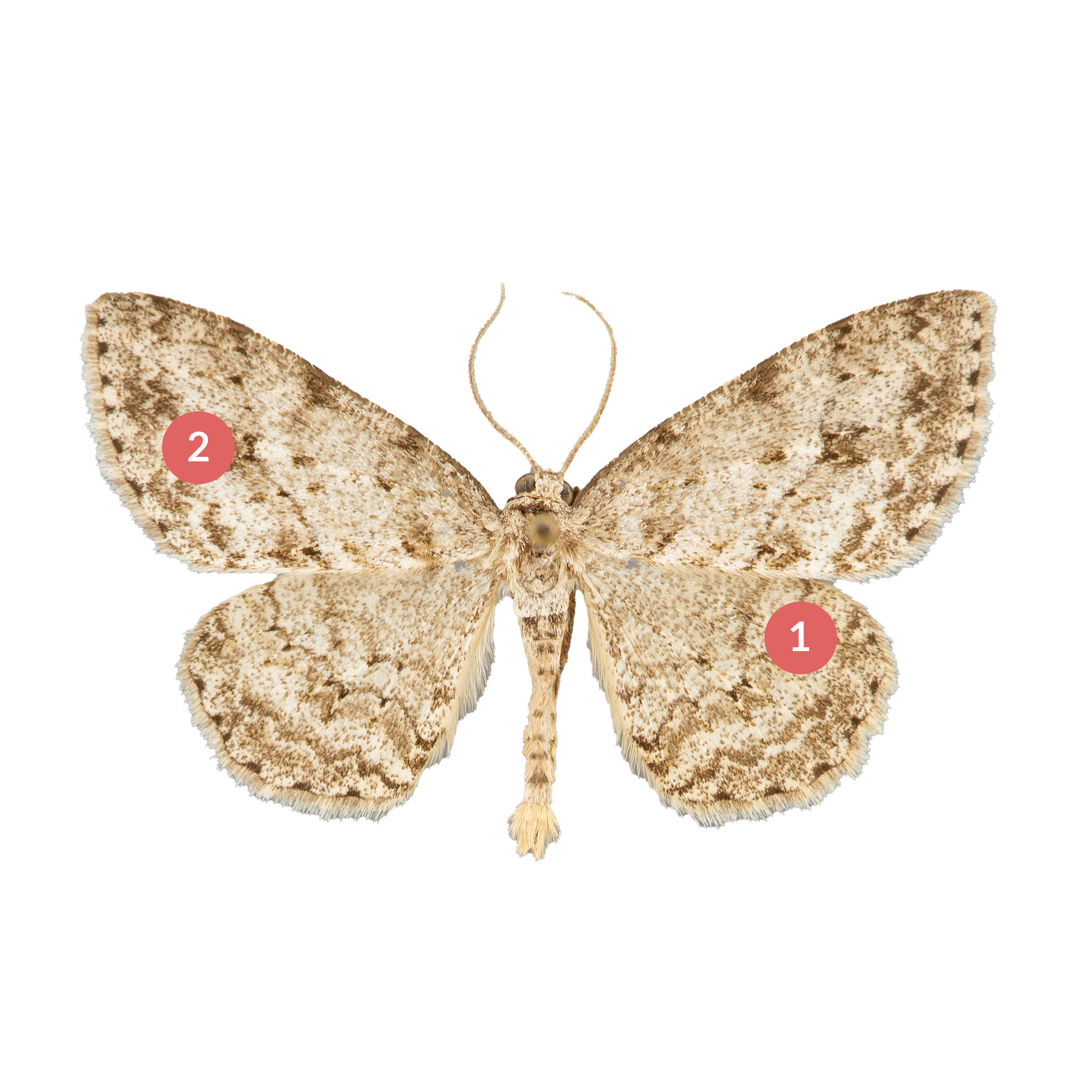About
The Ectropis crepuscularia, commonly known as the Small Engrailed Moth, is a small moth found in the Palearctic region, including Europe and Asia. It has a wingspan of approximately 2 to 2.5 cm and is known for its distinct wavy lines across its wings. These wavy lines are usually brown in color and are crossed by three to four small black tooth-like markings.
The species’ scientific name, crepuscularia, means “twilight,” as this moth is most active during the dawn and dusk hours. A fun fact about this species is that it is one of the few moth species that can fly during the day as well as at night.
The Small Engrailed Moth can be found in a variety of habitats, including gardens, hedgerows, and woodland areas. The larvae of this species are known to feed on the leaves of various trees, including oak and birch.
One of the most distinctive features of this moth is its wing pattern, which often resembles that of tree bark or lichen. This camouflaging helps the Small Engrailed Moth to blend into its environment and avoid detection by predators.
forests, woodlands, shrublands


